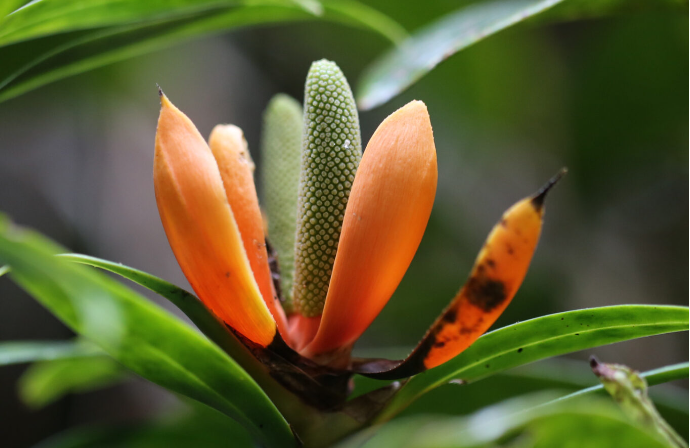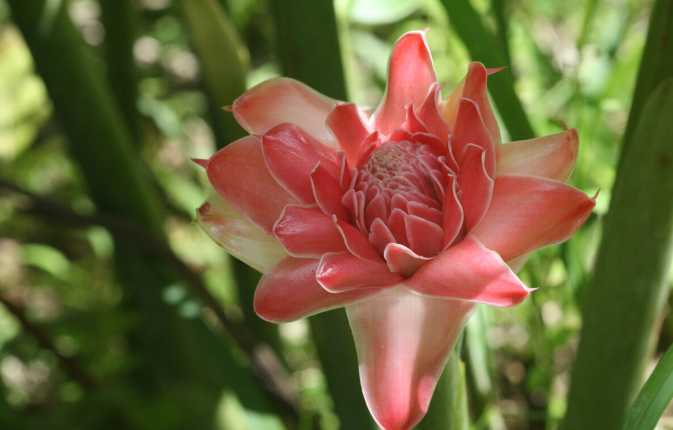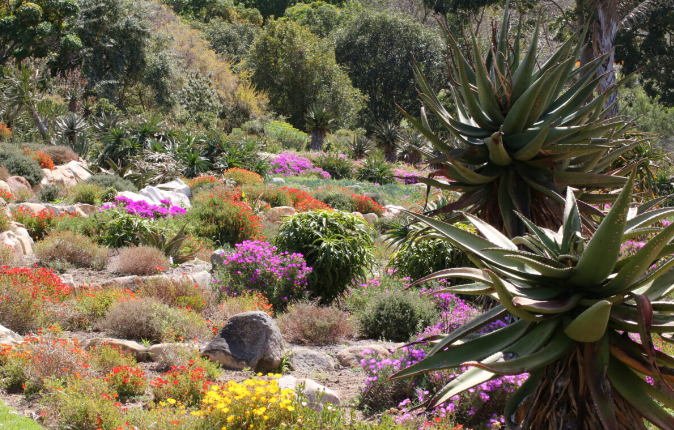A less colorful world looms on our horizon. Almost half of the world’s flowers are in danger of extinction, according to a recent preprint posted on biorxiv.org.

A group of scientists from the Royal Botanic Gardens, Kew, in Richmond, U.K., built a model that uses artificial intelligence, or AI, to guess whether a plant species is threatened. Their goal was to promote more plants to the IUCN Red List of Threatened Species, which tracks the extinction risks for plants and animals and is an important channel for conservation funding.
“We’re trying to raise the profile because we feel plants often get missed in the conversation about more furry and fluffy things,” said botanist Steven Bachman, the study’s lead author. Bachman’s team hopes to expand representation of the oft-overlooked kingdom on the influential list.

Right now, there are too many plants and not enough researchers studying them. The IUCN has considered only 18% of all plant species for an entry on the Red List so far, the authors note. So Bachman’s team decided to enlist a nonhuman helper. They showed all the plants that the Red List has evaluated to the AI, and they taught it to recognize the ones that are under threat by noticing certain qualities shared by those species.
For example, the AI picked out some geographic risk factors, such as plants in the tropics that will experience more warming in the coming years. Other threatened groups identified by the AI had precarious habitats, such as epiphytes like moss that grow on top of other plants. “It’s looking for the symptoms of extinction,” as Bachman put it.
Nearly half of the world’s flowers grow on plants that are threatened, according to a new study. Image by Rhett A. Butler/Mongabay.Once the AI proved reliable at reproducing the Red List’s existing classifications, it was time to feed it new, unlisted species. The scientists gave it all the information they had about each plant, and asked whether it more resembled plants from the threatened or the non-threatened groups.
Among 330,000 species of flowering plants, the AI categorized a staggering 45% of them as threatened. The team hopes the IUCN can focus its attention on those the AI is most confident are in danger.
If such a massive flowering plant extinction does happen in this century, it’s impossible to predict all the ways the world will change.
Some losses will matter more than others, since a local species that feeds some animal can be replaced by similar species from elsewhere. But even if such replacements are all that occur, change will homogenize the plant world. We need plant diversity not just for food, but to develop new medicines, Bachman noted. “Keeping these things conserved gives us options for all these future uses that we haven’t found yet,” he said.
He hopes the team’s work will bring attention to this important but often overlooked piece of the conservation equation. In nature photos, while charismatic animals tend to draw the eye, “it’s the plants that provide the habitat, the structure, the foundation of the ecosystem,” as Bachman put it. “I think we ignore them at our peril.”

Resources : Mongabay News and Inspiration From Nature's Frontline
Tarikh Input: 08/11/2023 | Kemaskini: 14/12/2023 | aslamiah
PERKONGSIAN MEDIA



























